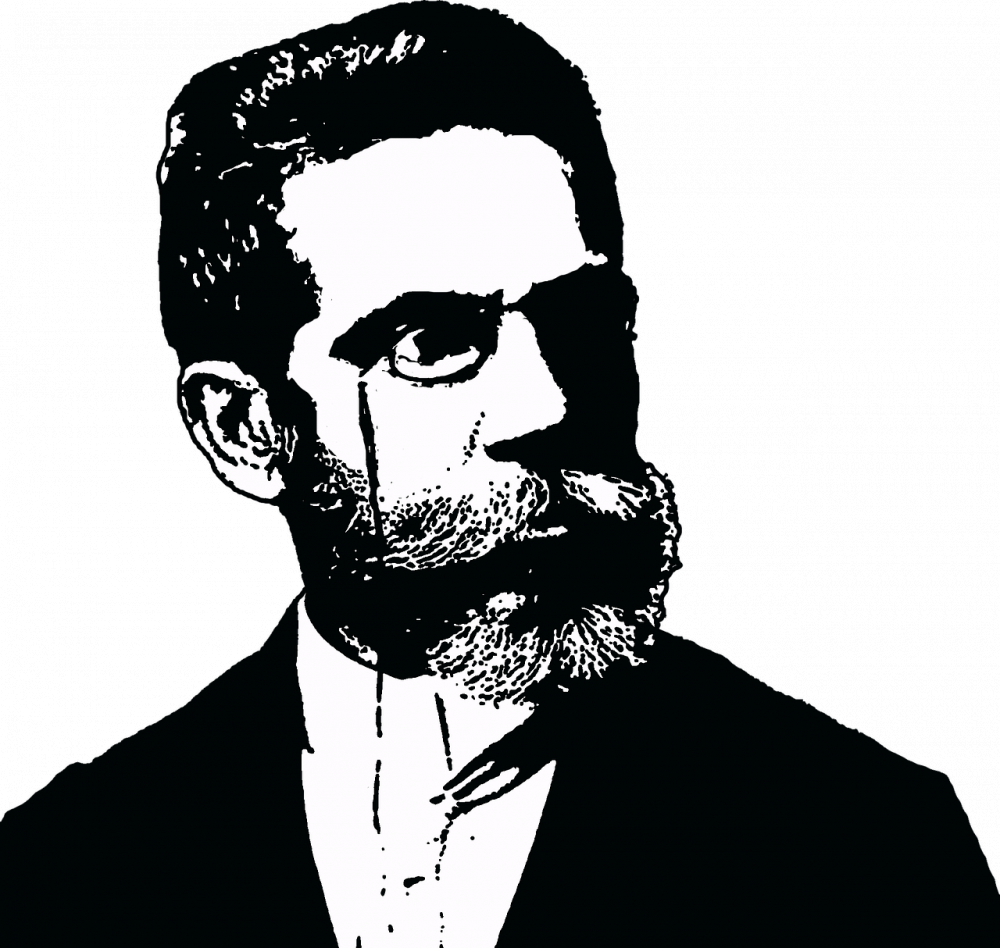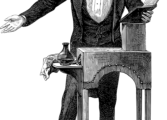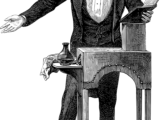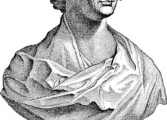Edgar Allan Poe Books: A Masterful Collection of Dark Tales

Introduction:
Edgar Allan Poe, an American writer and poet, is renowned for his haunting and macabre tales. His books, filled with vivid imagery and a unique writing style, have captivated readers for centuries. This article delves into the world of Edgar Allan Poe books, providing valuable insights for those interested in this fascinating subject.
Historical Overview:

Edgar Allan Poe’s literary journey began in the early 19th century, during the Romantic era. His first collection of poetry, “Tamerlane and Other Poems,” was published in 1827, but it gained little recognition at the time. However, his career took off with the publication of “The Raven and Other Poems” in 1845, which earned him widespread acclaim.
Poe’s writing style was characterized by its dark and melancholic themes, exploring topics such as love, death, and the human psyche. His short stories, including “The Fall of the House of Usher,” “The Tell-Tale Heart,” and “The Murders in the Rue Morgue,” established him as the pioneer of detective fiction. These eerie and suspenseful tales continue to captivate readers to this day.
Evolution of Edgar Allan Poe Books:
Over time, Edgar Allan Poe books have undergone significant transformations and adaptations. Initially published as standalone works, many of his stories were later compiled into collections, such as “Tales of the Grotesque and Arabesque” and “The Gold-Bug and Other Tales.”
Poe’s works have also inspired numerous authors and filmmakers, leading to countless adaptations and interpretations of his tales. From classic films like “The Raven” (1963) starring Vincent Price to modern-day television series like “The Following,” Poe’s influence on popular culture remains prevalent. Additionally, his stories have been depicted through various mediums, including graphic novels, stage plays, and even musical compositions.
Notably, the impact of Edgar Allan Poe’s books extends beyond the realm of literature. His exploration of the human mind’s darker corners and emotions laid the foundation for psychological thrillers and horror genres. Authors like H.P. Lovecraft and Stephen King credit Poe as a significant inspiration for their own works.
Key Elements to Know:
For those interested in delving into the realm of Edgar Allan Poe books, here are some key elements to consider:
1. Themes: Poe’s stories often revolve around themes of madness, guilt, and the supernatural. His exploration of the human psyche creates a mesmerizing reading experience.
2. Writing Style: Poe’s distinctive writing style, characterized by its vivid descriptions, intricate plots, and suspenseful atmosphere, sets him apart from other authors of his time. Through his use of macabre imagery and symbolism, he creates an atmosphere of unease and mystery.
3. Influence on Literature: Edgar Allan Poe revolutionized the detective fiction genre and his impact on Gothic literature is unparalleled. His stories laid the groundwork for future authors and continue to inspire succeeding generations.
4. The Poetry of Edgar Allan Poe: In addition to his short stories, Poe’s poetry showcases his mastery of language and emotion. Works such as “The Raven” and “Annabel Lee” have become iconic examples of American poetry.
In conclusion, Edgar Allan Poe books offer a captivating journey into the depths of the human psyche and the realms of the macabre. From his haunting short stories to his poignant poetry, Poe’s works continue to fascinate and resonate with audiences worldwide. Whether you are a seasoned collector or a curious newcomer, exploring the world of Edgar Allan Poe books is an immersive and rewarding experience. So, grab a copy, dim the lights, and prepare to be immersed in the chilling brilliance of one of literature’s greatest masters.
















































